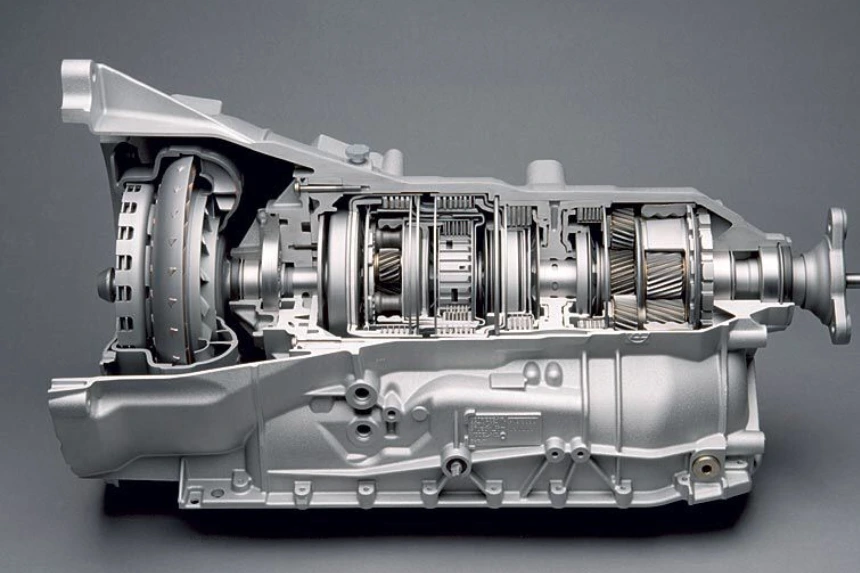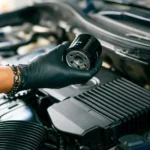When your vehicle’s ABS (Anti-lock Braking System) sensor is replaced yet the system refuses to function properly, it can be incredibly frustrating. Despite the new sensor being installed, the ABS warning light remains on, or the system fails to activate during braking. This situation raises many questions for vehicle owners: Why does it happen? What are the underlying issues? Above all, what can be done to rectify it? In this article, we will explore the common reasons behind the problem of “abs sensor replaced still not working” and discuss effective troubleshooting steps and solutions to restore your vehicle’s safety system.
Understanding the Role of the ABS Sensor
Before delving into the reasons why replacing the ABS sensor may not resolve the issue, it’s important to understand what the sensor does. The ABS sensor, also known as a wheel speed sensor, monitors the rotational speed of each wheel and transmits this information to the vehicle’s ABS control module. This data helps the system prevent wheel lock-up during hard braking, ensuring safety and maintaining steering control.
When an ABS sensor malfunctions or fails, the ABS warning light illuminates, and the system may deactivate or act unpredictably. Replacing the sensor is often the first step in troubleshooting, but it doesn’t always guarantee a resolution. Several factors can interfere with the proper functioning of the ABS system even after a sensor replacement.
Possible Reasons Why the ABS Sensor Replaced Still Not Working
1. Faulty Installation or Connection Issues
One of the most common reasons for continuing ABS problems after replacing the sensor is improper installation. If the sensor isn’t correctly aligned or secured, it may not transmit accurate data. Similarly, loose or corroded wiring connections can cause signal interruptions, resulting in the ABS system not recognizing the new sensor.
Solution: Double-check the installation process. Ensure that the sensor is fitted snugly, aligned correctly, and that all wiring connections are secure and free of corrosion or damage.
2. Damaged or Faulty ABS Sensor Ring (Tone Ring)
The ABS sensor works in conjunction with a tone ring (or reluctor ring) located on the wheel hub or axle. If the tone ring is cracked, warped, or dirty, it can impede the sensor’s ability to detect wheel speed accurately.
Solution: Inspect the tone ring closely. Clean it thoroughly if it is unclean or damaged, or replace it if needed. Sometimes the issue is a defective tone ring, even with a new sensor attached.
3. Issues with the wiring harness or ABS control module
Electrical problems can affect the control module of the ABS system. A malfunctioning control module or damaged wiring harness can ignore correct signals from a new sensor.
Solution: Conduct a thorough diagnostic scan to check for specific error codes related to the ABS control module and wiring. Repair or replace faulty wiring or the control module as needed.
4. Incorrect or Faulty Replacement Parts
Not all sensors are created equal. Using an incompatible or low-quality replacement sensor can lead to persistent issues. Sometimes, a new sensor may be defective or damaged during installation.
Solution: Verify that the replacement sensor is compatible with your vehicle make and model. Use high-quality, OEM (original equipment manufacturer) parts whenever possible.
5. Underlying Mechanical Issues
Worn or damaged wheel bearings, broken or misaligned suspension components, or other mechanical problems can also prevent the ABS system from functioning correctly.
Solution: Conduct a mechanical inspection of the wheel hub, bearings, and suspension components. Replace or repair any damaged parts to ensure proper sensor operation.
Troubleshooting the Issue of “ABS Sensor Replaced Still Not Working”
When faced with this persistent problem, a systematic troubleshooting approach is essential:
Scan for Error Codes: Make use of an OBD-II scanner that can interpret ABS codes.
These codes can pinpoint the specific wheel or system component causing trouble.
Test the Sensor Signal: Use a multimeter or oscilloscope to verify that the new sensor is generating a signal while the wheel is rotating.
Inspect Physical Components: Examine wiring, connectors, tone rings, and the sensor mounting point thoroughly.
Clear Codes and Drive Test: After repairing any identified issues, clear the error codes and take the vehicle for a test drive to see if the ABS warning light reappears.
When to Seek Professional Help
If, after performing these checks, the ABS system still isn’t functioning properly despite the sensor being replaced, it’s advisable to seek professional assistance. A qualified mechanic can perform advanced diagnostics, retune or replace the control module, or address issues beyond basic repairs.
Preventive Measures and Tips
- Always use quality, compatible replacement parts.
- Regularly inspect wheel hubs, sensors, and wiring for damage or corrosion.
- To avoid dirt and debris buildup, keep the tone rings and wheels clean.
- Address any suspension or mechanical issues promptly to prevent sensor damage.
Final Thoughts
The issue of “abs sensor replaced still not working” can stem from various underlying problems, including installation errors, damaged tone rings, electrical issues, or mechanical faults. Troubleshooting systematically and carefully inspecting each component involved in the ABS system is key to resolving the problem. Remember, maintaining the integrity of the ABS system is crucial for vehicle safety, so don’t hesitate to consult professionals if troubleshooting on your own doesn’t resolve the issue.
By understanding the complexities of the ABS sensor and system, you’ll be better equipped to address challenges and ensure that your vehicle’s safety features operate reliably whenever you need them most.



